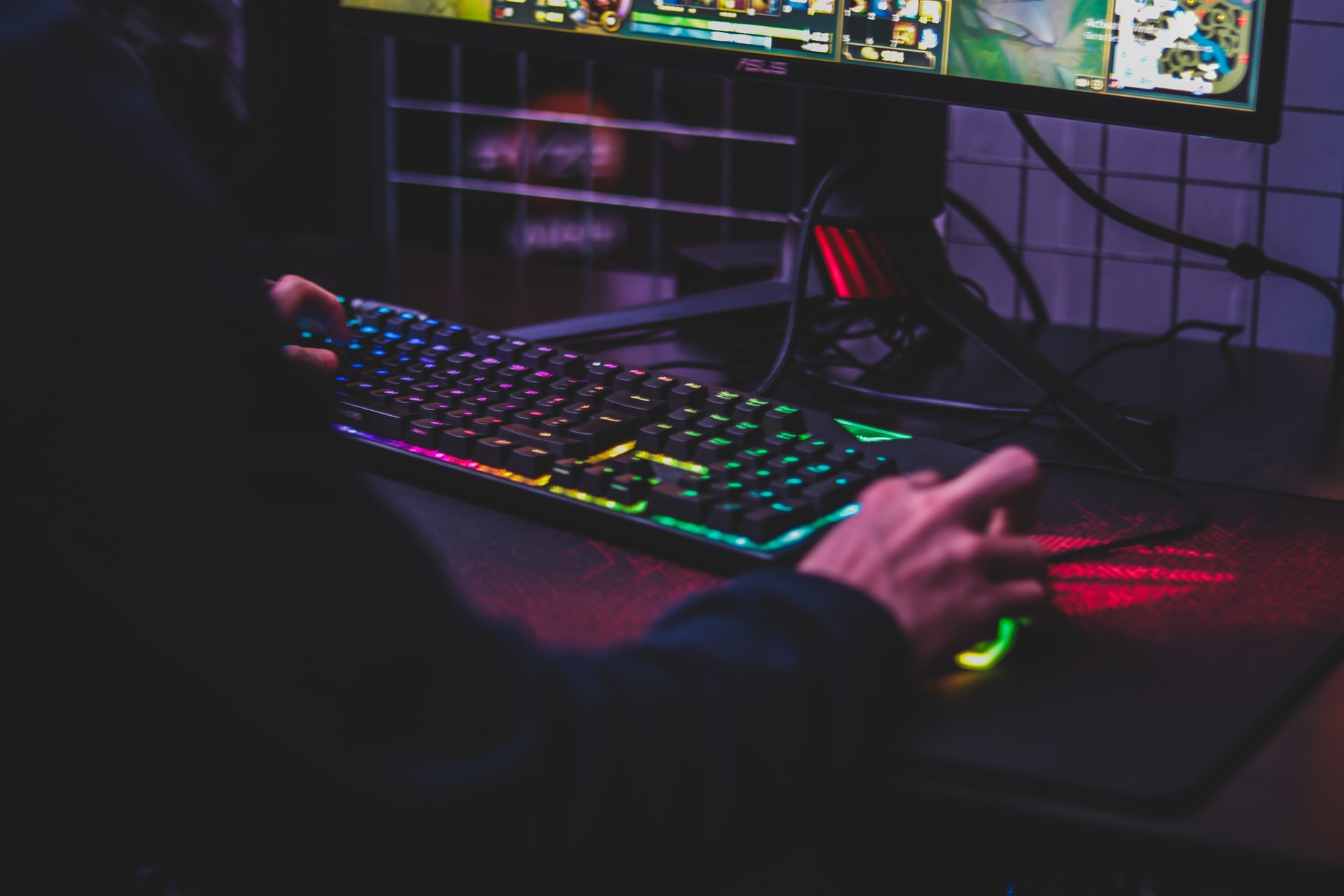Gaming used to be an expensive hobby. The first PlayStation console cost $299 when it was first released, with many games retailing for upwards of $45. If you’re lucky enough to find a stockist selling it, you can currently pick up a PlayStation 5 for around $400. Despite the heavy outlay for a new console, games are becoming affordable. What’s more, many developers are releasing free-to-play titles that won’t cost you a dime. These freemium games are enticing options for cash-strapped gamers. However, don’t let the freemium nature of these games deceive you. Developers like Valve and Riot Games need to make a profit somehow. This is where in-game purchases come in.
What Are In-Game Purchases?
In-game purchases are almost exclusive to freemium games. Once you’ve downloaded the core title to a PC or console, you’ll have to fork out cash to access locked levels, character avatars, weapons skins, and more. In the case of mobile devices, they’re usually called in-app purchases.
However, it’s not just free-to-play titles that offer in-game purchases. Downloadable content is now a staple of mainstream video games. Once you’ve purchased a game outright, you may find yourself shelling out many times the initial cost of the game to access new gameplay modes, exclusive levels, and so on.
In-game purchases are usually unlocked with in-game currencies. In the case of Valorant, it’s Valorant Points. With League of Legends, it’s Riot Points. All of these currencies are purchased with actual cash and can be exchanged for things like new map layouts and weapon upgrades.
Are They Worth It?
This depends on who you’re asking. In some cases, in-game purchases can have a major impact on performance. However, in the case of games like Valorant, in-game upgrades are purely aesthetic. That slick new rifle you’ve just spent a small fortune on might look great, but it’s not going to improve your chances of winning a game. However, if you’re playing a game with an active skin trading market, in-game purchases can accrue value. Counter-Strike: Global Offensive skins can be readily traded externally. If you were lucky enough to pick up a rare weapon skin early enough, you can expect a significant return on your investment.
Parental Controls
If it’s your kids that are the gamers in your household, you’ll want to activate parental controls to keep a tab on in-game purchases. If your children are console gamers, you can set restrictions on their gaming devices. If they play via PC or mobile devices, you’ll likely need to set restrictions on any platform they’re buying content from.
Setting parental controls across Amazon, Microsoft, and Google Play is certainly time consuming, but if you don’t want a whopping in-game purchase bill putting a dent in your monthly budget, it’s a necessity.
What If I Want a Refund?
In-game microtransactions encountered plenty of resistance when they were first unveiled. Now, however, they’re accepted as par for the course. Because of the onslaught of in-game purchase options, most gamers find themselves stuck with a virtual currency they’ll never use. What’s more, thousands of gamers end up forking out for upgrades and weapon skins they never get round to using. Fortunately, developers are making it easier for gamers to back out of premature purchases. Need some help clawing back misspent cash? This 1337pro.com Valorant refund guide is essential reading.

